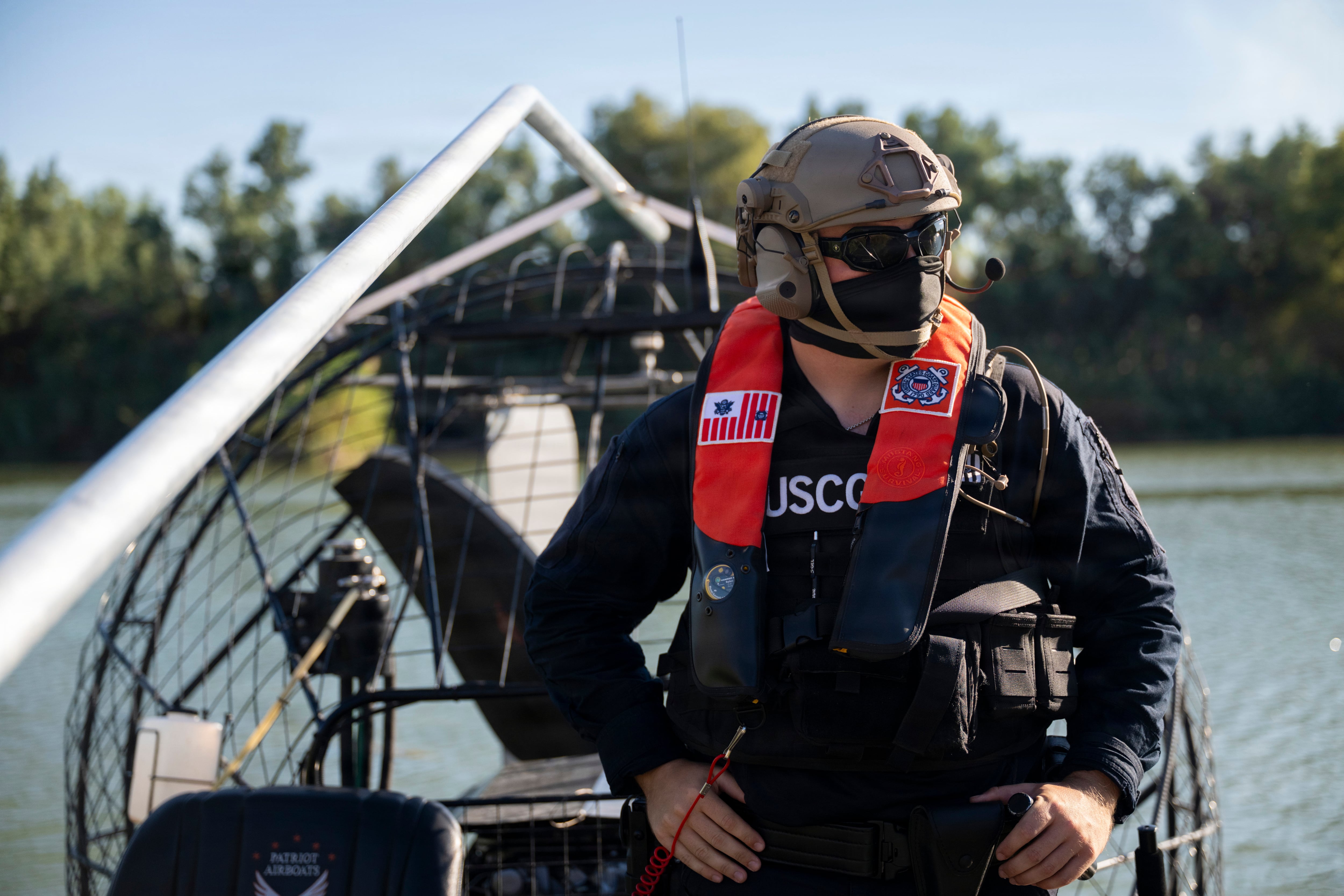It's been a rough year so far for deadly crashes in the Navy and Marine Corps, but the Navy's aviation boss believes that the two are unrelated.
The Navy is not in a crisis, Vice Adm. Mike Shoemaker said Thursday at the Center for Security and International Studies at Washington, D.C., but it is struggling to to stay trained up and well maintained on its tight budget.
Quoting Rep. Randy Forbes, R-Va., the pace is burning out ships, aircraft and sailors, Shoemaker said. That is particularly apparent in squadrons' post-deployment and maintenance phases, when there aren't enough ready aircraft to keep pilots in the air and not enough money to fix the grounded planes.
"What we've seen over the last – since we've come through a heavy use period and recovering from sequestration – we're not able to fully execute those accounts," he said of their yearly target flight hours. "Those accounts have not been resourced to meet the flight-hour account."
The pain is felt most in the strike fighter and E-2 Hawkeye communities, which can be frustrating for aviators who want as much experience as possible to stay competitive. But, Shoemaker said, the deficit is manageable.
"Right now it's below what we target for maintenance phase, and it's below our tactical hard deck," he added.
Still, the well-known lack of readiness has raised questions as to whether the Navy's mishap rates are connected. There were 20 and 19 Class A mishaps between the Navy and Marine Corps and fiscal years 2014 and 2015, respectively, meaning they resulted in a death or permanent total disability and/or more than $2,000,000 in damage.
With six weeks left in this fiscal year, the services are on track to do slightly better, with 15 mishaps. Deaths, however, are up this year, including three strike fighter pilots killed in the span of eight days this summer – all three Marines, one a member of the Blue Angels.
But so far, Shoemaker said, it doesn't look like any of those tragedies were the fault of inexperienced pilots.
"Trying to make a tie to readiness or proficiency, in every case, that’s not there," he said.
Total overhaul
All but two communities in naval aviation – the recently transitioned EA-18G Growler and the E-6B Mercury – are in the midst of testing and introducing new aircraft, Shoemaker said.
This summer has seen strides for both the strike fighter and carrier on-board delivery communities, with a third and final round of carrier testing for the F-35C and three initial "battle experiments" for the MV-22 Osprey.
The plan is to hit initial operational capability for the F-35C in late 2018, Shoemaker said. With 30 total F-35Cs and one operational squadron – Strike Fighter Squadron 101 – the next steps are to stand up the VFA-125 fleet replacement squadron next year to train new pilots and to wait for software upgrades that will flesh out the F-35's ability to carry out Navy missions.
The CMV-22B Osprey, as the Navy will call it, is still five years from hitting the fleet. For now, the focus is on figuring out how the tilt-rotor craft will integrate as a transport vehicle to the carrier, as the job has been done by the C-2A Greyhound propeller plane for the past 50 years.
The Osprey has had a sketchy but improving safety record, though Shoemaker said he wasn't hearing worries from the fleet. Beyond that, there are some concerns about its ability to carry as much cargo and as many passengers as the Greyhound.
It's true that the Osprey has less space than its predecessor, Shoemaker said, but the plan is to make up for it with a more flexible aircraft. Seats can be added or removed in the Osprey to accommodate cargo, he said, and because the Osprey can land at night – which was never done with the Greyhound – that could mean a third daily supply run during a deployment.
The Osprey is also less work for the carrier's crew, he said. It takes about six people to launch and recover the helicopter-like vehicle, rather than 40 or so to operate the catapult and arresting gear required to launch and recover a C-2.
"Although we give up a little bit in people and cargo, I think the flexibility Osprey brings will be good," Shoemaker said.
Meghann Myers is the Pentagon bureau chief at Military Times. She covers operations, policy, personnel, leadership and other issues affecting service members.





